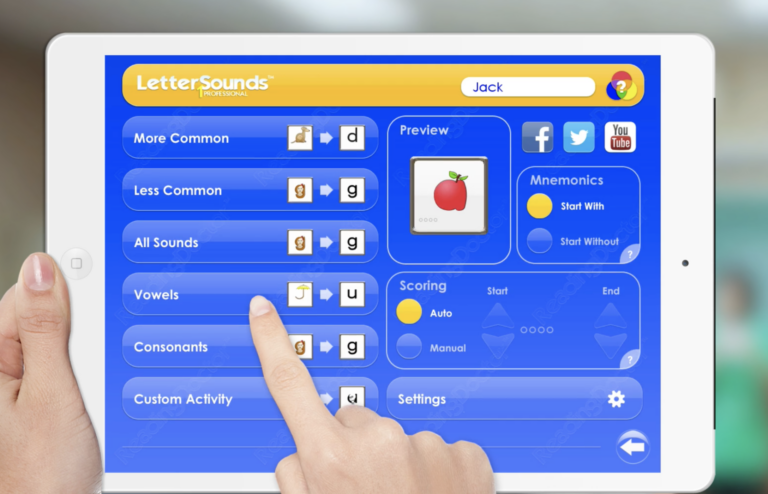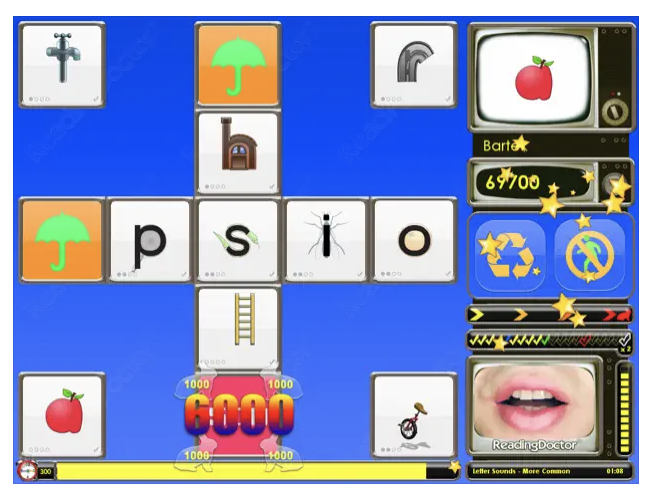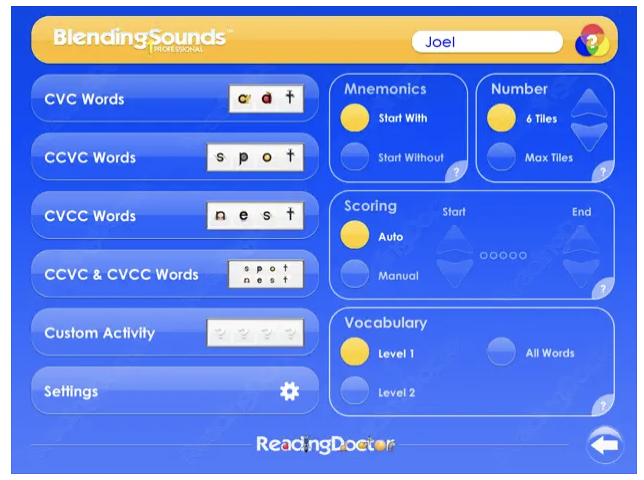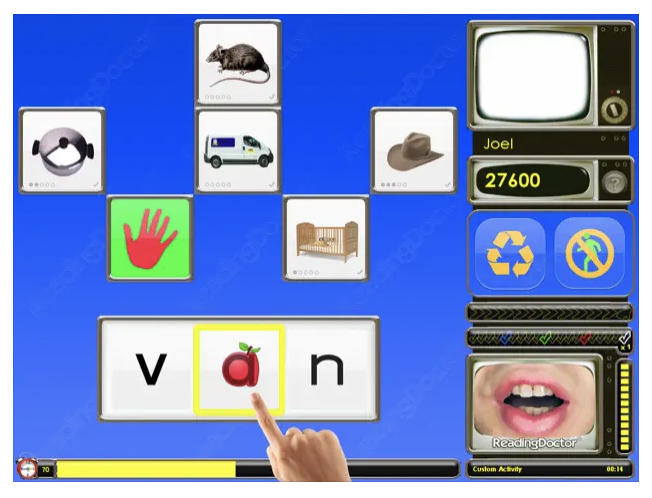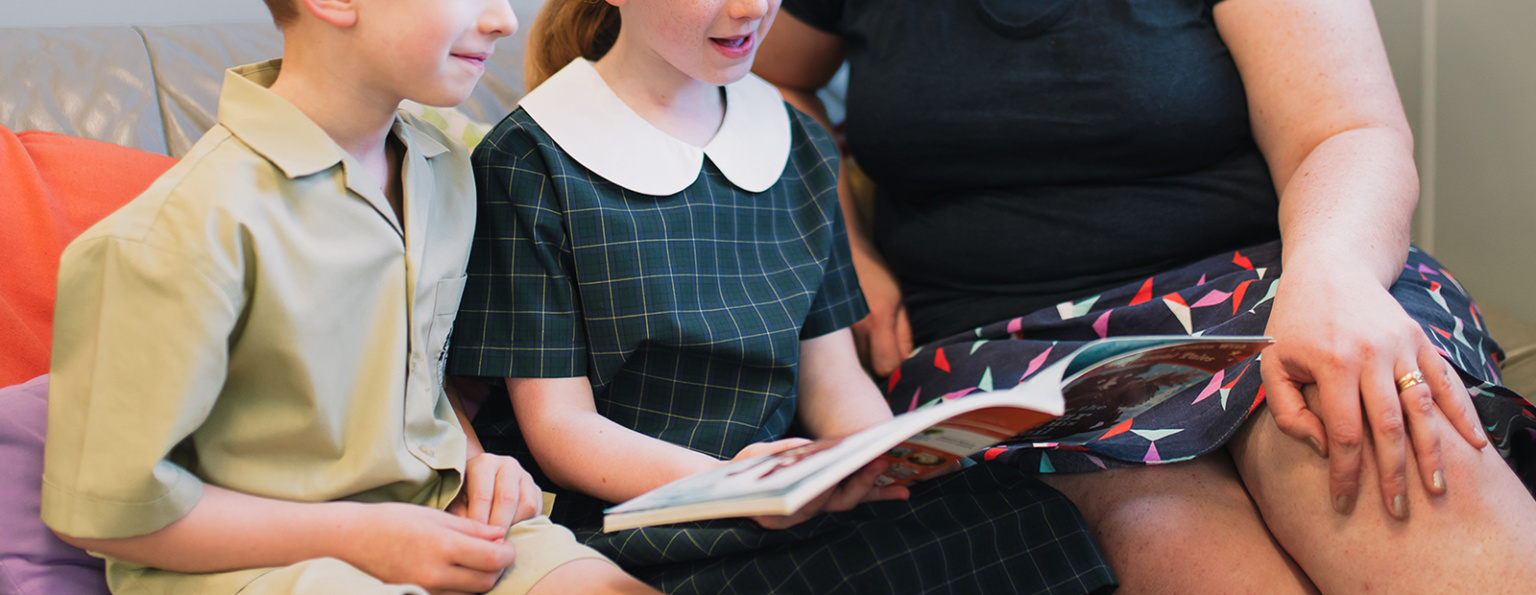The Inclusive Classroom - Supporting Reading Fluency for Tier 2 & 3 Learners
A Mainstream Classroom typically includes learners of a wide ability range. In my classroom teaching experience I typically assume that a stage 2 classroom [ie Year 4] will typically include learners with reading and spelling ages from 6 years to 16+. Sometimes I have additional support and sometimes I don’t so how do I manage? Over the next few weeks I’ll be sharing resources, research and strategies to ensure all students have both access to content knowledge across the curriculum as well as the ability to read and spell.
When teaching a student to read, it is essential that they achieve fluency at multiple steps. The diagram below from Jan Hasbrouck is most helpful to identify these steps. For students who find learning to read difficult, they need to be supported to develop skills as quickly as possible, they require opportunities for multiple repetitions, visual supports and it is essential that their independence and self esteem be supported to maintain their social and emotional well-being. In addition it is essential that teachers understand the principles of mastery learning so that they can select tools that can maximise outcomes. You can read more about Mastery Learning here www.evidenceforlearning.org.au/the-toolkits/the-teaching-and-learning-toolkit/all-approaches/mastery-learning/
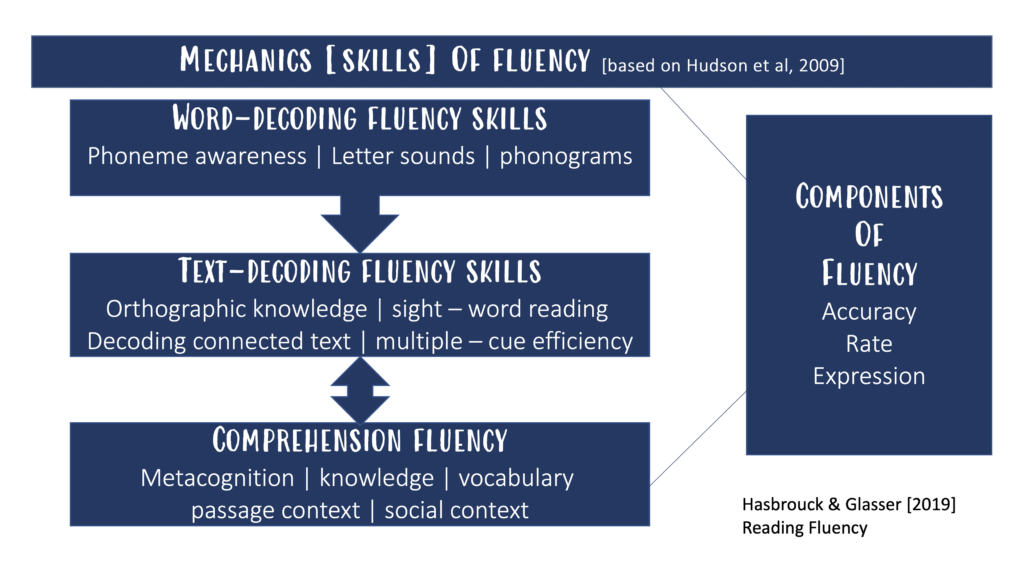
Today I’m focusing my discussions on development of skills at the Word – Decoding Fluency Level with a focus on developing fluent and automatic recall of phoneme awareness, letter sound knowledge and phonograms.
To teach a student letter – sound correspondence skills along with blending and segmenting skills my first step is to use the Apps from Reading Doctor – typically Letter Sounds Pro 1 & Blending Sounds Pro 1 [The others are also brilliant and I am eagerly awaiting the home subscription release of the Online Subscription]. I am very aware that these are paid apps but there are a few features not part of other free apps which I prioritise access to for students at risk of reading failure.
My purpose in sharing is to support awareness of ‘tools for the toolbox’ to support success for all students in the classroom.
- You can find the reading Doctor Apps here for iOS, Android and Google [www.readingdoctor.com.au]
- They include embedded picture mnemonics with consistency across all of their apps → current best practice indicates that embedded picture mnemonics [where the picture cue forms the shape of the letter] is most effective. You can get flashcards resources from
- Spelfabet [www.spelfabet.com.au/materials/embedded-picture-mnemonics/] and
- Kimberly Kreations [www.teacherspayteachers.com/Store/Kimberley-Kreations] however they also require an adult for delivery, whereas with the Reading Doctor Apps a student can be independent once they’re set up.
- The Reading Doctor Apps use a mastery learning delivery structure and support errorless learning. This means that when a student makes an error the app takes them back a step to the previous task and therefore will never become too difficult or too easy. This means that you can set a student in your class up with headphones and use guided access to lock them into the app [Instructions Here], allowing them to work independently and at their level being supported with opportunities for increased practice to support fluency.
- You can use Letter Sounds Pro 1 and Blending Sounds Pro 1 in tandem to support generalisation of skills from Letter- Sound Knowledge [GPC] to blending skills even when a student has a limited number of GPC’s in their repertoire.
- You can add unlimited students into each app.
- The apps are available with Education Discounts – meaning you can purchase 20 for the price of 10.
- There is a fabulous free tracking sheet available from the Reading Doctor website that makes programming and progress monitoring easy [https://support.readingdoctor.com.au/support/solutions/articles/207535-activity-summary-form]
- And finally, you can use the Reading Doctor resources alongside any of your existing Systematic Synthetic Phonics resources to turbo-charge fluency at a Word Decoding Level
- If you have found this useful, please subscribe at the bottom of this page and ensure you don’t miss the next instalment.
- Next time, I will be exploring Text Decoding Fluency Skills, followed by Comprehension Fluency.
